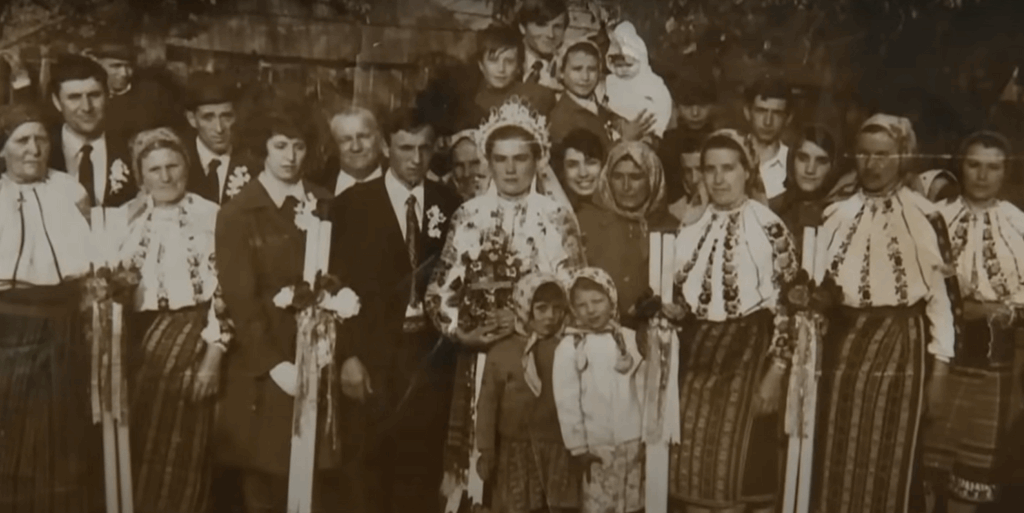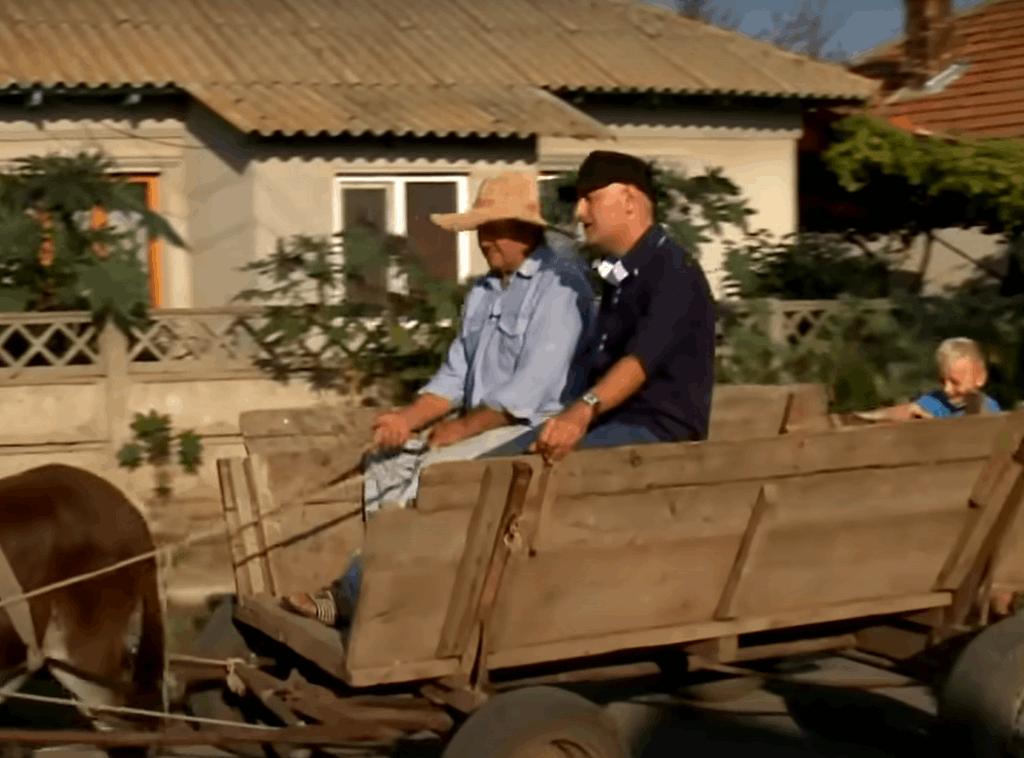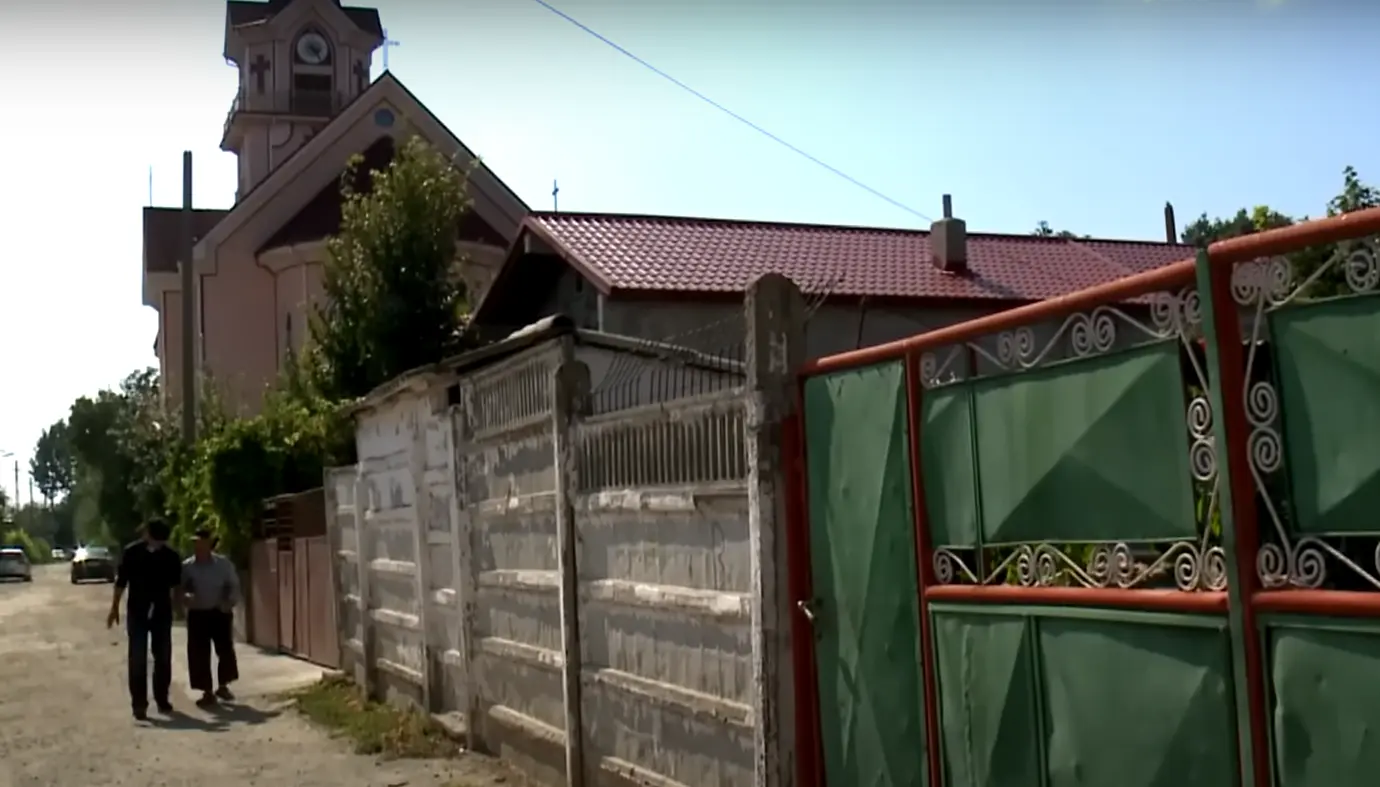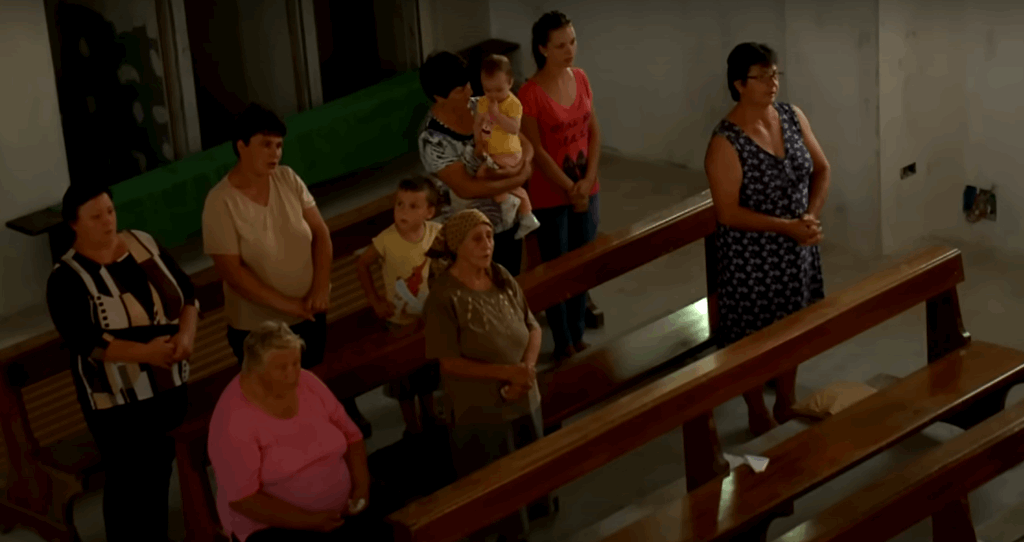VIDEO, PHOTOS: The world’s Easternmost Hungarian village by the Black Sea

Nestled a few kilometres from the Black Sea lies Ojtuz, an Eastern Hungarian settlement with a distinctive charm. Here, locals speak an archaic Hungarian dialect, taking pride in their Roman Catholic Church. While they don’t read or write Hungarian, the language is still used in family homes and on the streets. Pulitzer-winning Hungarian journalist Vujity Tvrtko (Szilárd Balogh) recently explored this unique ethnic region.
In a fascinating YouTube video, Tvrtko unveils Ojtuz as more than 1,000 kilometres east of Budapest, near Constanța, Romania’s prominent port. The local Hungarians in this region speak a rare Hungarian dialect, shaped by their roots in Western Moldavia, a region now part of Romania (the Eastern part of Moldavia is an independent state, the Republic of Moldova, where 1/3rd of the population is Russian).
 Photo: PrtScr/Youtube
Photo: PrtScr/Youtube
The Hungarian community in Western Moldavia traces its lineage to Szeklers who fled Habsburg oppression in the 18th century. Their ancestors chose a freer albeit much harder life by leaving their motherland and settling near River Szeret in Western Moldova. Thousands of them speak Hungarian even though they do not have Hungarian priests, schools or cultural institutions. Known as csángós, these ethnic Hungarians of Roman Catholic faith reside mostly in the Romanian region of Moldavia, particularly in Bákó (Bacău) County.

Local children receive Hungarian lessons, but challenges arise, as Orthodox priests denounce Hungarian as the language of the devil In this deeply religious community, such criticism weighs heavily, discouraging many from embracing their linguistic heritage.
The ‘founding fathers’ of the world’s Easternmost Hungarian village come from Lujzikalagor, Western Moldavia. This quaint village (Luizi-Călugăra in Romanian) boasts one of the greatest csángó communities in Bákó County, counting 3,553 inhabitants. There, 90% of the residents know an archaic version of the Hungarian language.

Hungarian village of mixed heritage
Post-World War I, these pioneers migrated to Ojtuz, enticed by Romania’s promise of land by the Black Sea. In contrast, Lujzikalagor faced economic hardships. The migration began with three men building the first houses, later joined by over 60 others, with further waves after World War II.

Despite their hardships, Ojtuz boasts a beautiful Roman Catholic church, though masses are held solely in Romanian, a reminder of the linguistic challenges faced by the community. Without Hungarian schools, reading materials or Bibles, the locals manage to preserve their language through everyday interactions. According to Vujity Tvrtko’s report, none of the residents has ever been to Hungary or even Transylvania, home to over one million Hungarians residing mainly in Szeklerland, a region some 3-400 kilometres away.

With limited employment opportunities, the younger generation seeks jobs abroad, dispersing across Italy, Spain and Great Britain. Homecomings occur during festivities, but the community’s future faces uncertainty. The archaic Hungarian language and its rich cultural tapestry may fade away after one or two generations as nobody will speak Hungarian anymore, only Romanian, Italian, Spanish or English.
Currently, Ojtuz is home to a population of 500, encapsulating a captivating blend of history, language and the resilience of a unique community facing the challenges of modernity.
Read also:
- The 17th-century castle of Fülek reborn – Read more and check out the video HERE
- HERE is how a Hungarian scientist saved two Nobel Prizes during WWII
Source:





